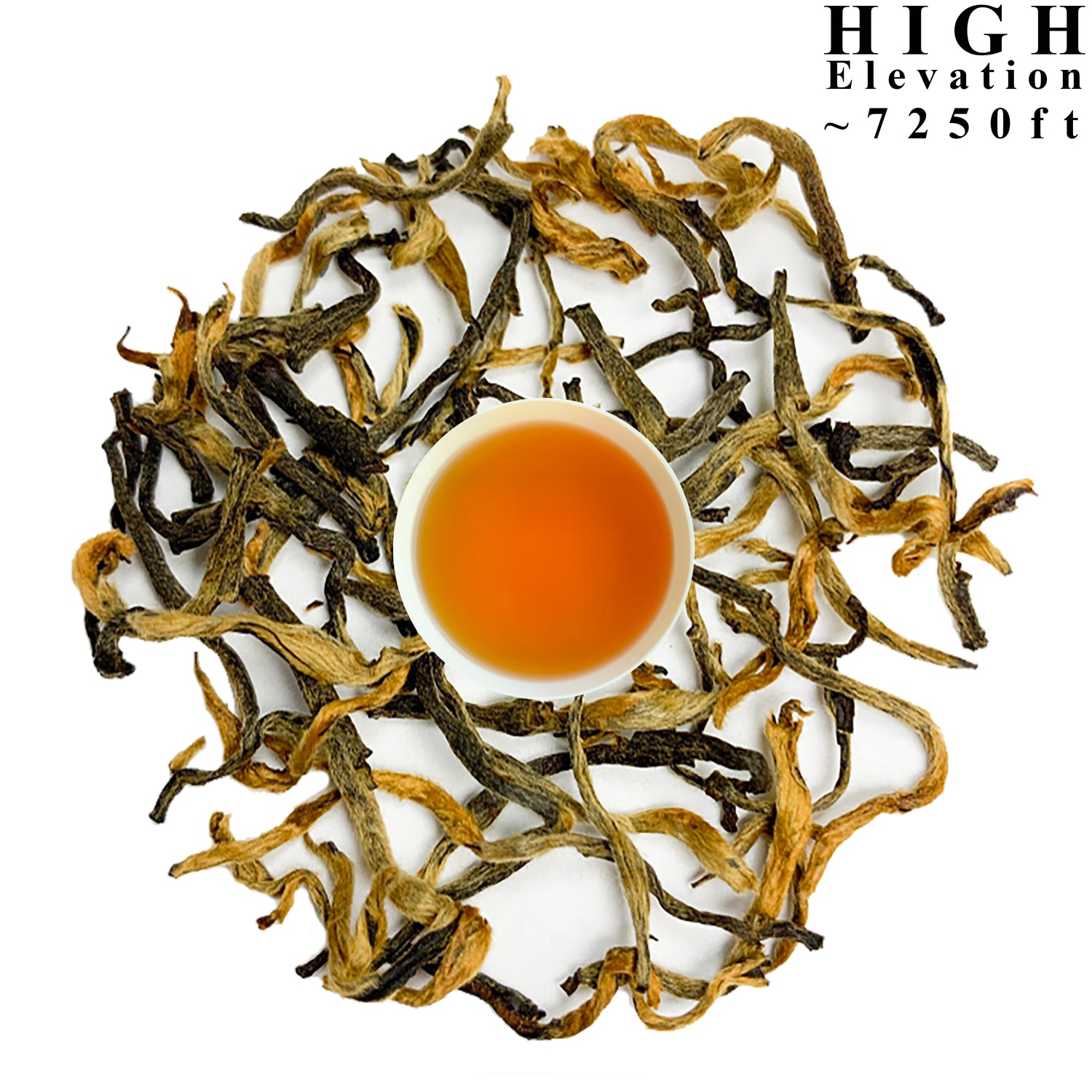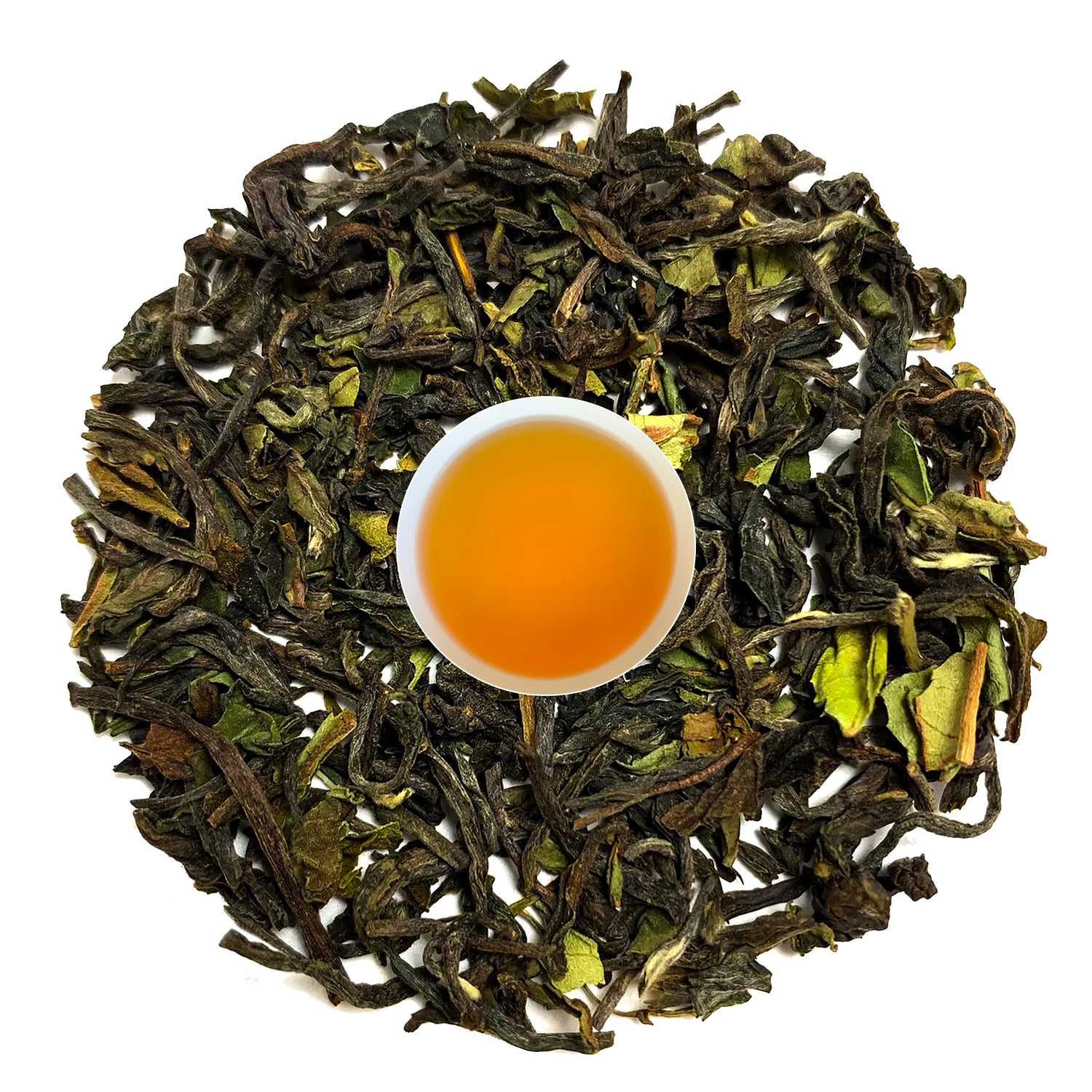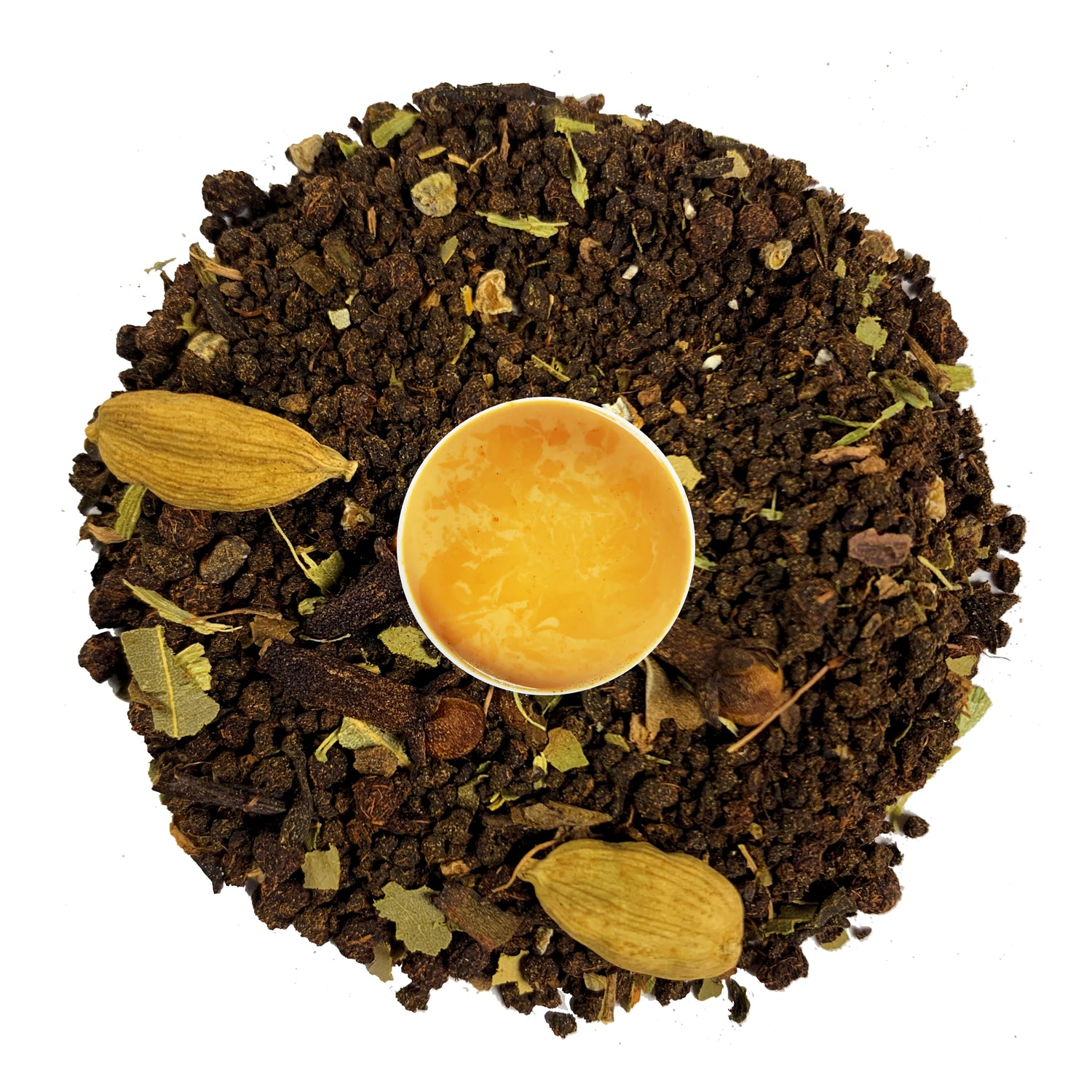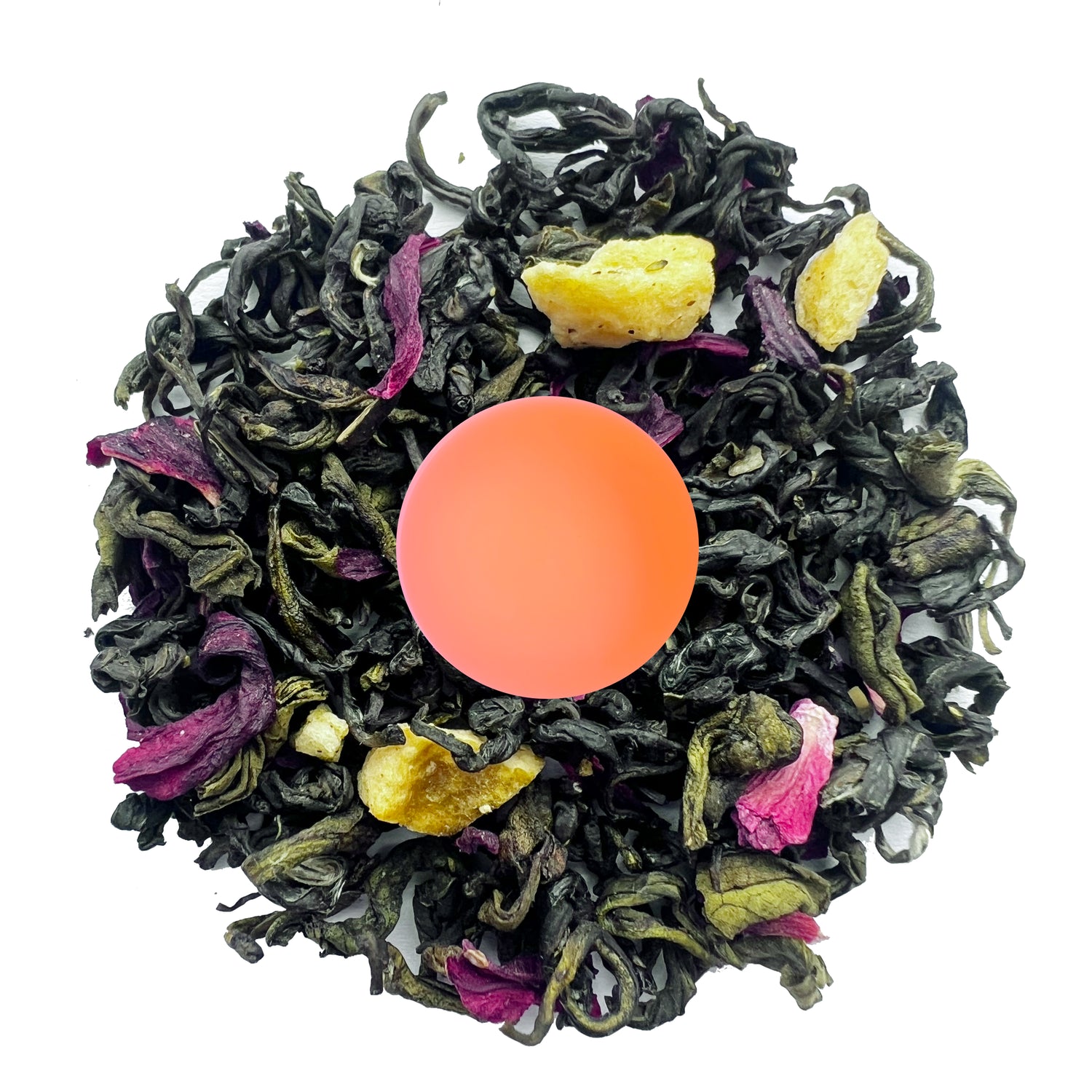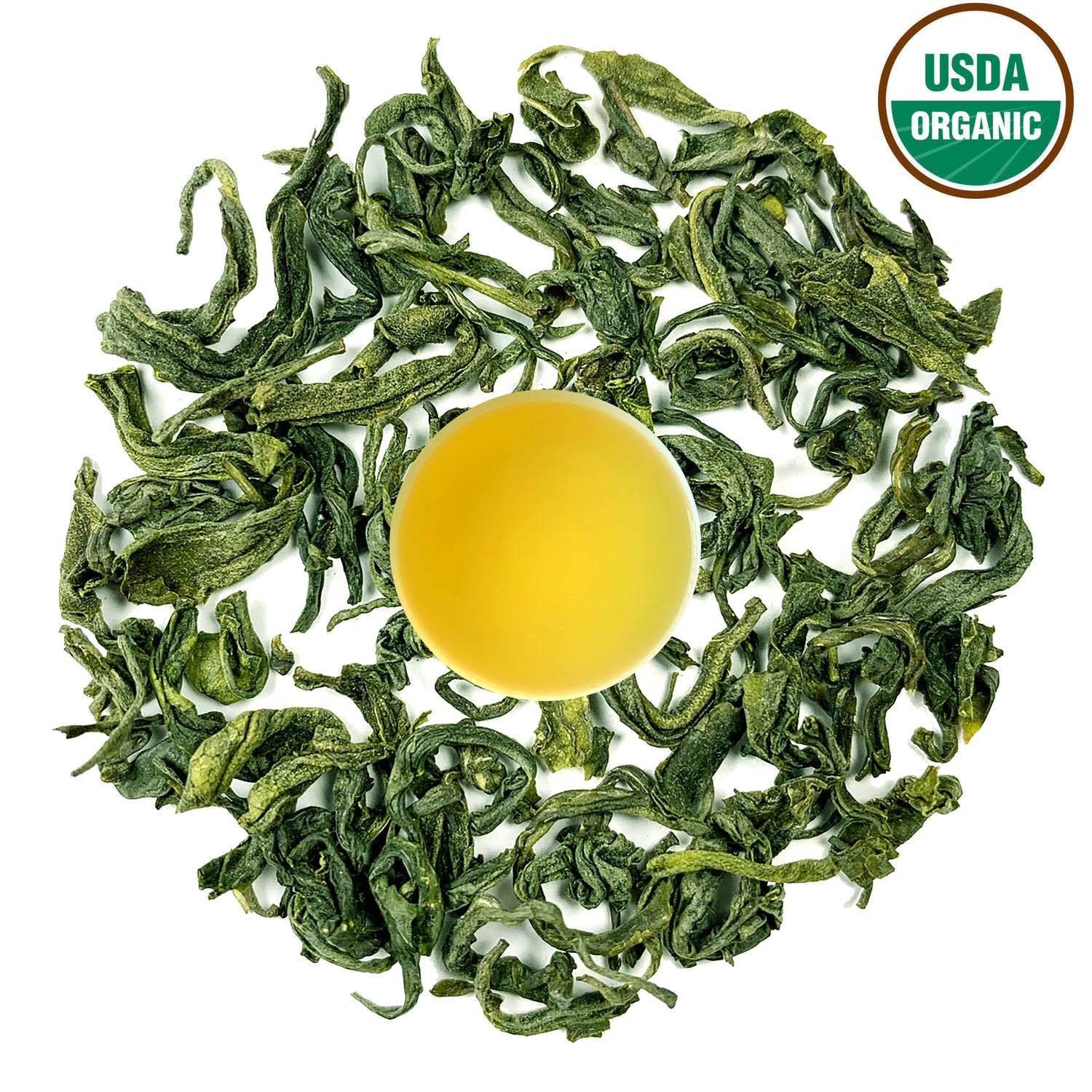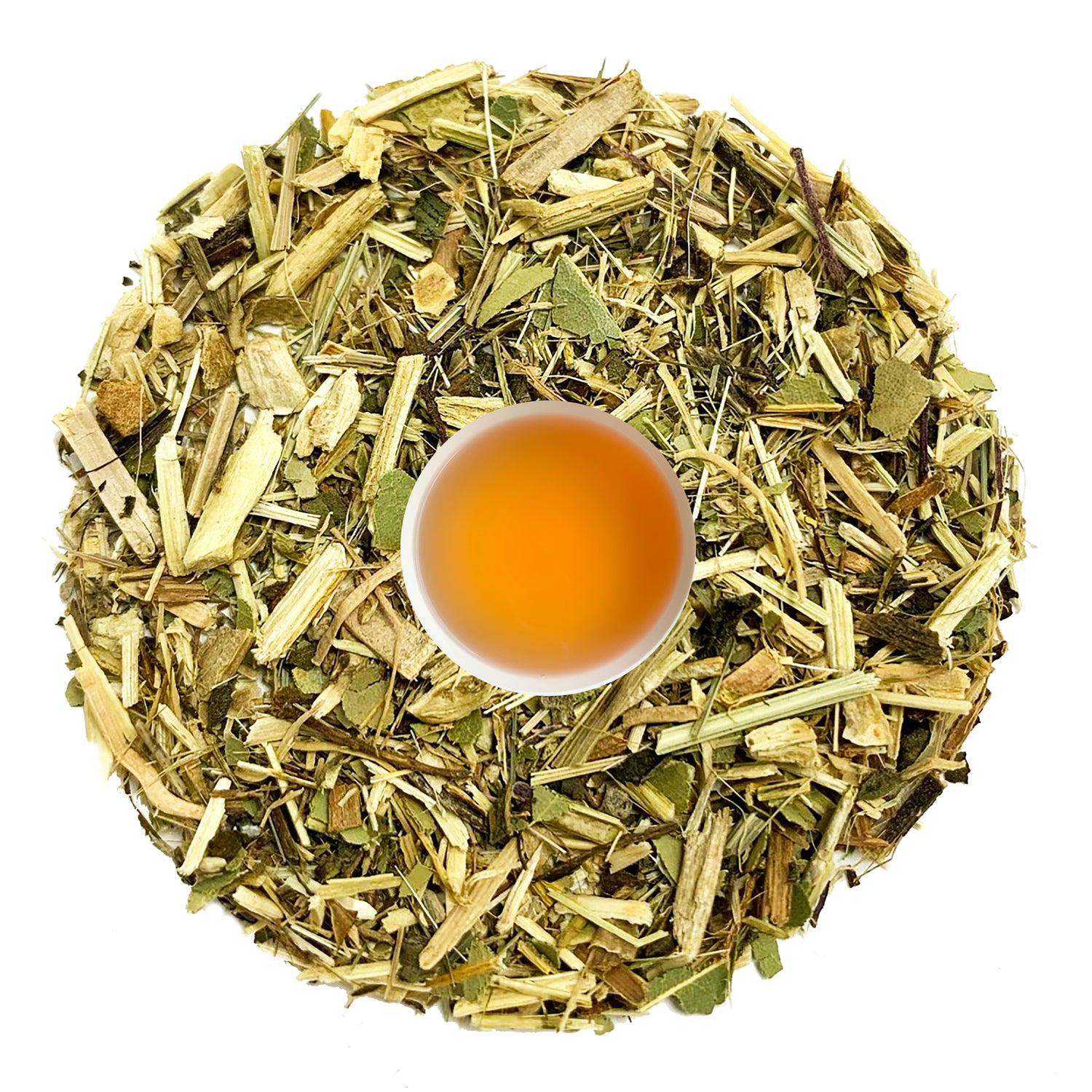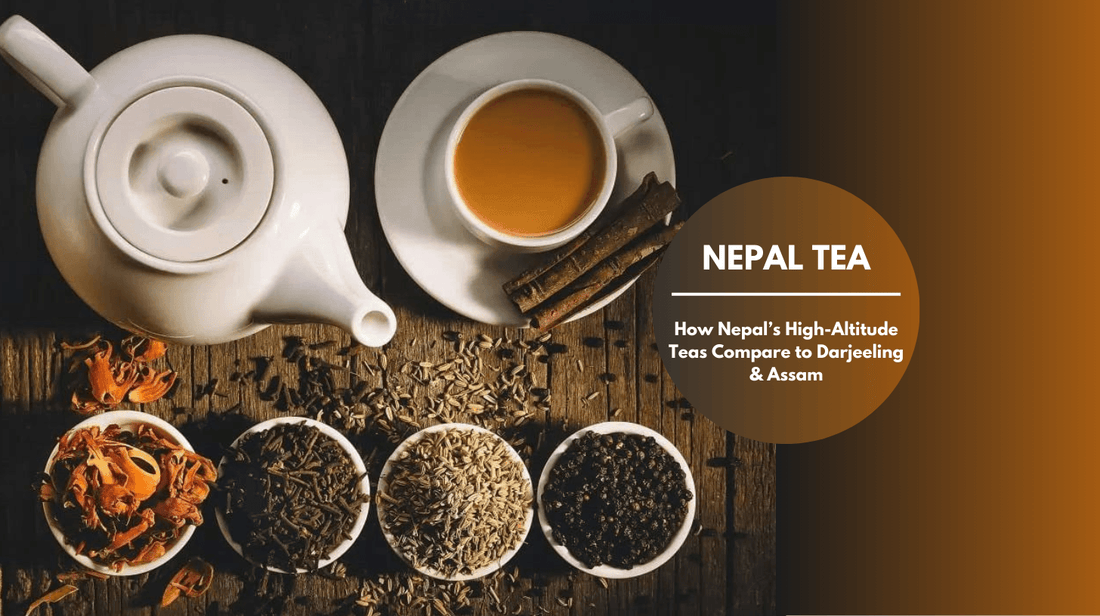
How Nepal’s High-Altitude Teas Compare to Darjeeling & Assam
When you think about top-notch tea, Nepal might not be the first place that pops into your head. But its tea gardens high up in the mountains are churning out some of the world's finest teas. These teas grow between 3,000 and 7,500 feet up, and while they're a bit like Darjeeling, they've got their own special flavor thanks to the Himalayan soil and climate.
For ages, people have called Darjeeling the "Champagne of Teas," and Assam is known for its strong, malty black teas. Now, Nepal's high-altitude teas are starting to turn heads with their rich, fragrant, and subtle flavors. So how do they stack up? Let's take a closer look.
1. Growing Conditions: The Impact of Elevation

Nepal’s High-Altitude Teas
You'll find most Nepalese teas growing in places like Ilam, Dhankuta, and Panchthar. The high altitude cool weather, and foggy climate in these spots create the perfect setup for tea plants to grow . This slow growth gives the leaves time to develop more intricate flavors resulting in teas that are:
- Flowery and fruity with a light feel
- sweet with a taste that lingers
- Packed with antioxidants because they don't get as much direct sunlight
Darjeeling Teas
Darjeeling teas grow between 4,000 and 6,000 feet up in the Himalayan foothills. Like Nepalese teas, the high-altitude climate slows down leaf growth creating that unique grape-like flavor with floral and citrus notes.
- Known for their delicate, wine-like character
- Often called the "Champagne of Teas"
- Light-bodied with a refreshing briskness
Assam Teas
On the flip side, Assam tea grows at lower heights (100-2,000 feet) in the damp tropical weather of northeast India. The tea plants grow fast in the hot wet conditions, which results in:
- A rich full-bodied, and malty taste
- Darker stronger brew perfect for morning teas
- High caffeine levels making it an excellent wake-up drink
Nepal and Darjeeling teas have more in common because of their high-altitude growth and cool climates, which produce more subtle, flowery, and fragrant teas. Assam, with its lower altitude and tropical climate, yields teas that are rich, strong, and malty quite different from Nepal's light and refined character.
2. Flavor & Aroma: A Taste Comparison

Flavor profile is one of the biggest differences between Nepalese, Darjeeling, and Assam teas. Want to know how each region’s tea tastes? Here’s about them:
Nepalese Tea Flavor Profile
- Light-bodied with floral and fruity undertones
- A sweet, honey-like aftertaste
- Subtle notes of stone fruit, citrus, and muscatel
- Less astringent than Darjeeling, making it smoother on the palate
Darjeeling Tea Flavor Profile
- Delicate, wine-like muscatel notes
- Light but with a distinctive briskness
- Hints of grapes, almonds, and citrus
- A slight astringency, adding to its refreshing nature
Assam Tea Flavor Profile
- Full-bodied and bold with a strong malty taste
- Dark, rich liquor that pairs well with milk and sugar
- Earthy and sometimes spicy
- A high caffeine content, making it ideal for morning consumption
If you enjoy a strong, bold, and malty tea, Assam is the best choice. If you prefer a delicate, floral, and complex flavor, Nepalese and Darjeeling teas are ideal, though Nepalese teas are often smoother and sweeter than Darjeeling.
3. Tea Production & Processing
The way tea is processed greatly affects its final flavor and quality. Here’s how each region approaches tea production:
Nepalese Tea Processing
- Mostly hand-crafted in small-scale farms
- Less mechanized than Darjeeling and Assam, allowing for more artisanal techniques
- Processed using modern innovations while preserving traditional methods
- Minimal oxidation results in a fresh, aromatic character
Darjeeling Tea Processing
- Produced mainly in large tea estates
- Orthodox processing is common, preserving the leaves' delicate flavors
- First and second flushes are highly prized for their muscatel character
Assam Tea Processing
- Primarily CTC (Crush-Tear-Curl) processed, which gives a stronger, more uniform tea
- Mechanized production ensures high volume and consistency
- Ideal for mass-market black tea blends
Nepalese teas are handcrafted and less commercialized, making them a great option for tea lovers who appreciate small-batch, high-quality tea. Darjeeling balances artisanal and large-scale production, while Assam’s mechanized approach focuses on high output and strength.
4. Price & Global Recognition

Despite its exceptional quality, Nepalese tea is often more affordable than Darjeeling or Assam teas. Why?
- Less branding & global recognition – Nepalese tea is still relatively underrated on the international stage.
- Small-scale production – Many farms are family-run, keeping overhead costs lower.
- Fewer middlemen – Nepali farmers often sell directly to buyers, avoiding heavy export taxes.
Meanwhile, Darjeeling and Assam teas command higher prices due to their established reputation and high global demand.
If you’re looking for a premium tea at a reasonable price, Nepalese tea offers exceptional value compared to Darjeeling and Assam.
Final Thoughts: Which Tea is Right for You?
The choice between Nepalese, Darjeeling, and Assam teas comes down to personal preference:
- Choose Nepalese tea if you want a light, floral, and smooth tea with fruity notes.
- Choose Darjeeling tea if you love a brisk, muscatel-flavored tea with complexity.
- Choose Assam tea if you prefer a strong, malty, and full-bodied tea with high caffeine.
Nepal’s high-altitude teas may not have the same global recognition as Darjeeling or Assam, but they offer an exceptional flavor profile, handcrafted quality, and great affordability—making them a hidden gem in the world of tea.
FAQs About Nepalese, Darjeeling, and Assam Teas
1. How does Nepalese tea compare to Darjeeling in taste?
Nepalese tea is similar to Darjeeling but tends to be smoother, sweeter, and less astringent, with more fruity and floral notes.
2. Is Nepalese tea more affordable than Darjeeling and Assam?
Yes, Nepalese tea is often more affordable because it’s less commercialized and involves fewer middlemen in the trade.
3. Why is Assam tea so strong?
Assam tea is grown at lower elevations with a hot, humid climate, which leads to rapid leaf growth and high tannin levels, resulting in a strong, malty flavor.
4. Which tea has the most caffeine?
Assam tea has the highest caffeine content, followed by Darjeeling. Nepalese tea has a moderate amount of caffeine.
5. Where can I buy high-quality Nepalese tea?
You can find premium Nepalese teas online from Danfe Tea .

